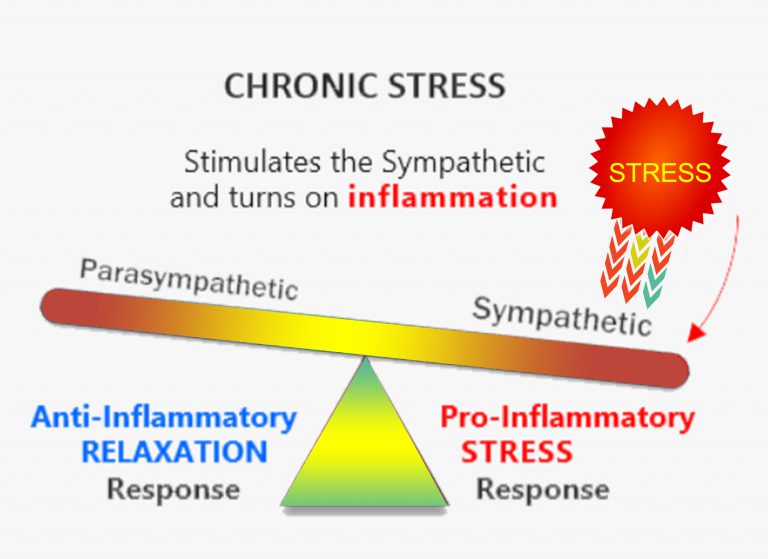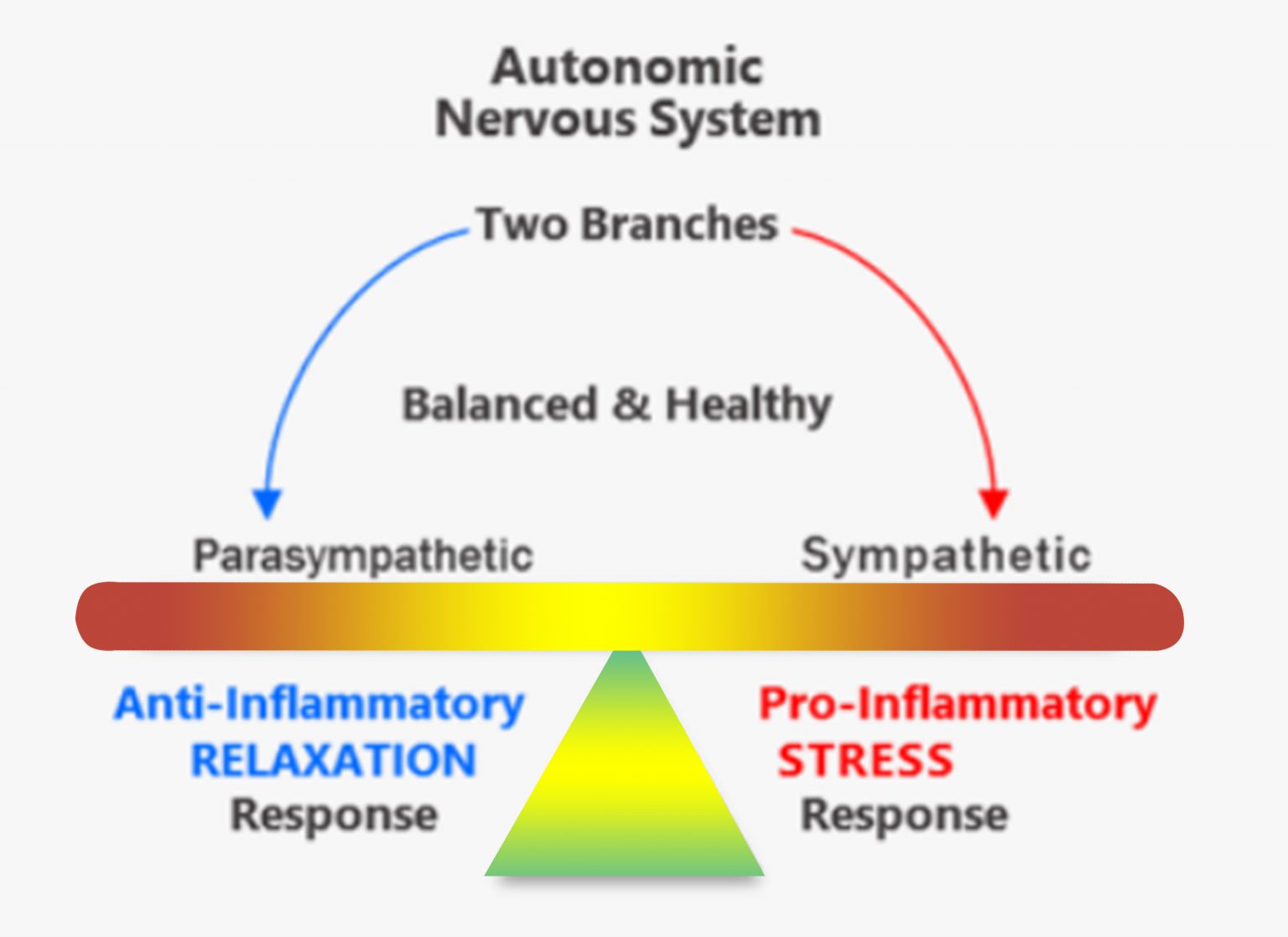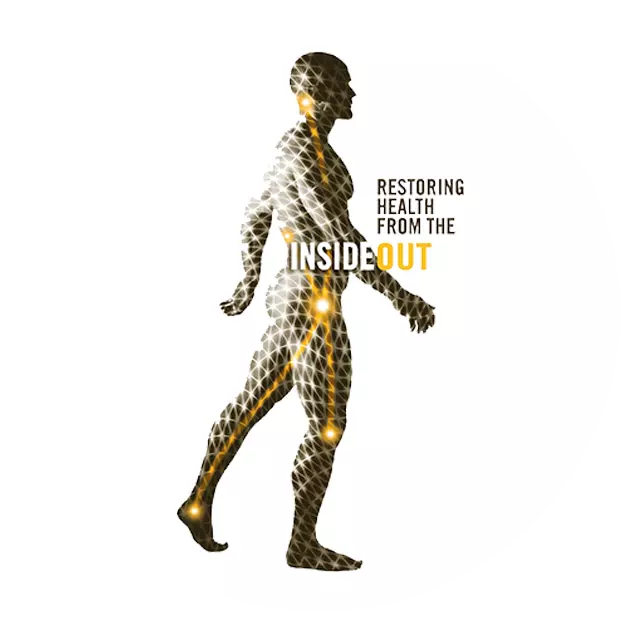Trauma Based Approaches
How Stress is Affecting your Body
Sometimes when we have chronic stress, experienced a traumatic event or an injury, our body responds by shifting into a protective mode of functioning. We can experience all sorts of different symptoms that are related to the stress response in the body such as anxiety, fear, shallow or rapid breathing, tightness in our muscles/chest, memory problems, sleep and fatigue problems, etc. The sympathetic part of our nervous system is overly active. If this happens, we need to consider approaches considering the effects of trauma on the brain, body and whole nervous system.
Using the knowledge of the effects of trauma on our brains and body physiology, it is beneficial to take an approach to treatment that focuses on helping to treat the nervous system and energy systems as two critical components. Heidi is passionate about helping clients to find things that help to re-establish balance between the Parasympathetic and Sympathetic parts of the nervous system. Based on the various approaches to treatment using a trauma informed lens, it is beneficial to put more effort into taking care of our body’s self-regulation, especially if we are experiencing problems with anxiety and fear. When we have extra stress, the two divisions of the nervous system are out of balance. Our body needs regular calming input that is considered to be “powerful” enough by our brain/Nervous system to rebalance how our nervous system is responding.
We want to engage in regular calming activities throughout our day to “remind” our nervous system about the parasympathetic nervous system (that it can help to calm our bodies instead of feeling stressed all the time). Making these activities part of your normal routine is the best idea. This can help us to function from a more regulated and resilient state. Keep doing the activities regularly, even if you aren’t really feeling stressed. They are helping to keep the balance behind the scenes.
The Impacts of Chronic Stress


Polyvagal Theory related to Trauma
Dr. Stephen Porges, Neuroscientist, developed the Polyvagal theory in the mid 1990’s as a way to think about the Nervous System and the stress response. Before he developed his theory, much of the understanding was based on the fight or flight response – if we face a threat, we either get ready to fight or we flee the situation. Dr. Porges identified that there is a third response, called the “freeze” response. In order to help ourselves exit the fight or flight or freeze responses in the body, we need to activate our social engagement system. Heidi will further explain how the Autonomic Nervous System and these responses work and how we work with your brain and nervous system to help shift things in your system.
The Safe and Sound Protocol is a special music-based program which helps shift your nervous system into the Social engagement system. It assists your nervous system to “learn” how to calm down at a physiological level. This is rewiring the brain and nervous system at the brain level and can be really powerful to shift things in the nervous system. Please see: Safe and Sound Protocol – Dr. Stephen Porges (integratedlistening.com) for more details.
Understand this theory more by visiting the links below:
A Beginner’s Guide to Polyvagal Theory: Beginner’s Guide (rhythmofregulation.com)
Trauma-Informed: The Trauma Toolkit, Second Edition, 2013: Trauma-informed_Toolkit.pdf (trauma-informed.ca)







